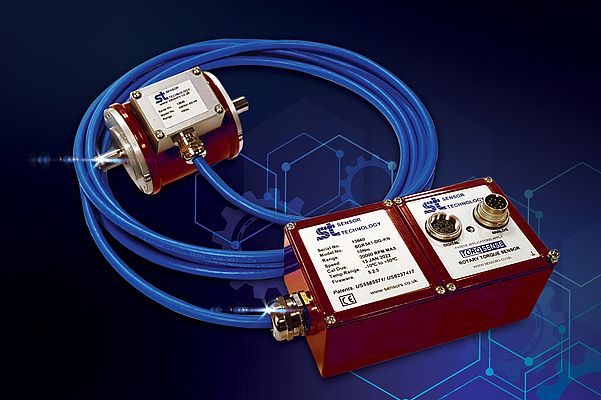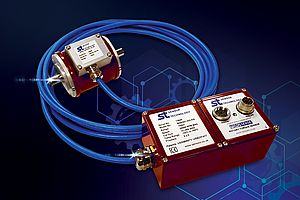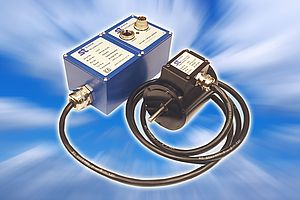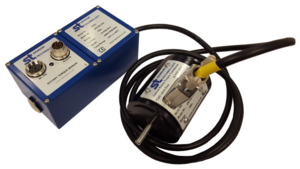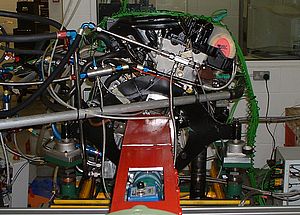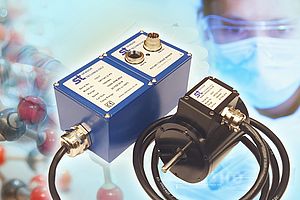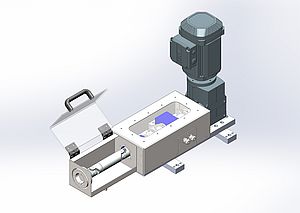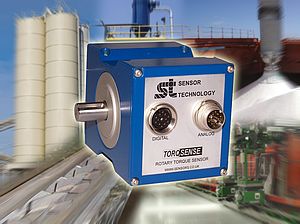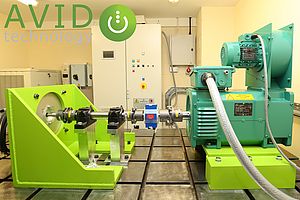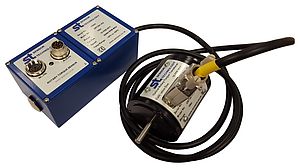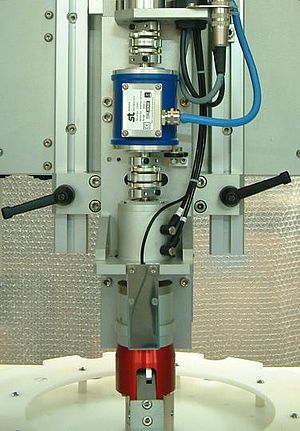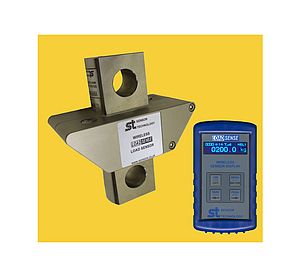The new Sensor Technology TorqSense SGR530/540 series operates on a full four element strain gauge bridge. This uses four individual stain gauges affixed to the drive shaft; each measures the deflection of the shaft in a different direction as it rotates under load. The electronics collects readings from all four gauges and calculates the torque value.
The new range is designed to meet emerging user requirements, notably accurately recording transient torque spikes. In the past transducers didn’t have the bandwidth to capture these spikes, so they were ignored. However, advances in automation, continuous operation and the increasing need for accurate track and trace data has led to the need for more detailed measurement and analysis to give early warnings on deviations to plant engineers.
In use, a rotor mounted ultra-miniature microcontroller, powered by an inductive coil, measures the differential values in each strain gauge and transmits them back to the stator digitally, via the same coil. The SGR510/520 series transducers then use state of the art strain gauge signal conditioning techniques to provide a high bandwidth, low cost torque measuring solution with high overrange and overload capabilities.
Accurate with high overload limits
An advantage of the design of the SGR torque sensors is that they automatically compensate for any extraneous forces, such as bending moments, inadvertently applied to the sensor. They also offer high sensitivity and have a wide temperature tolerance, attributes that are required more and more and production machinery becomes more and more sophisticated and performance demands increase. Other advantages of the SGR range include elimination of noise pickup and signal corruption associated with slip rings and hard-wired solutions, a 400% mechanical overload limit with accurate torque measurement even at these extremes, and multipoint calibration to eliminate linearity errors within the sensor.
All units are accurate to +/-0.1% and resolution to +/-0.01% of the transducer’s full scale. Other features include an adjustable moving average filter, power supply range from 12VDC to 32VDC, user settable analogue output voltages, and RS232, USB, CANbus and Ethernet comms options.


